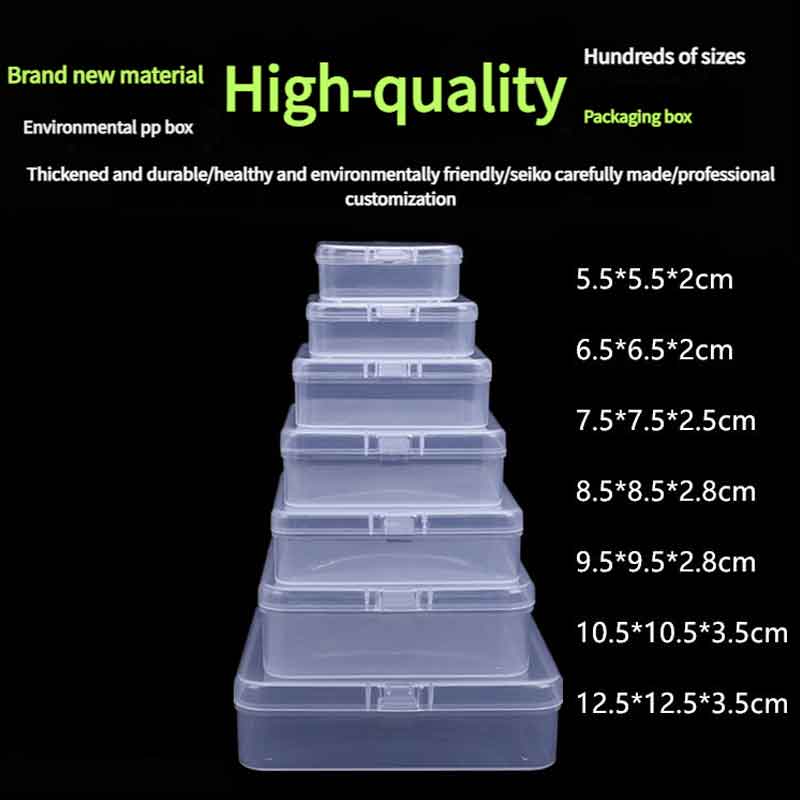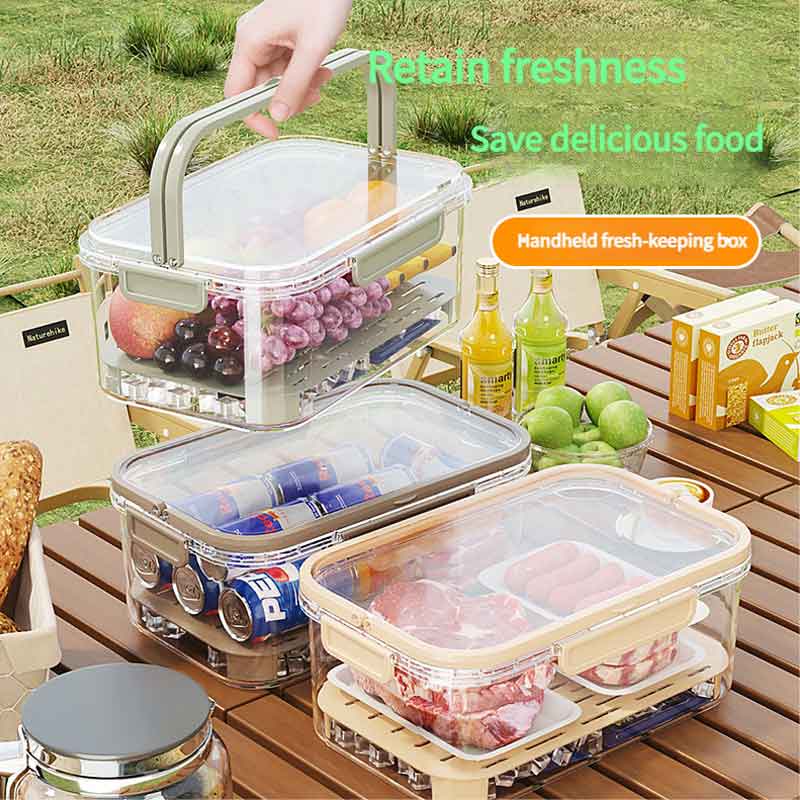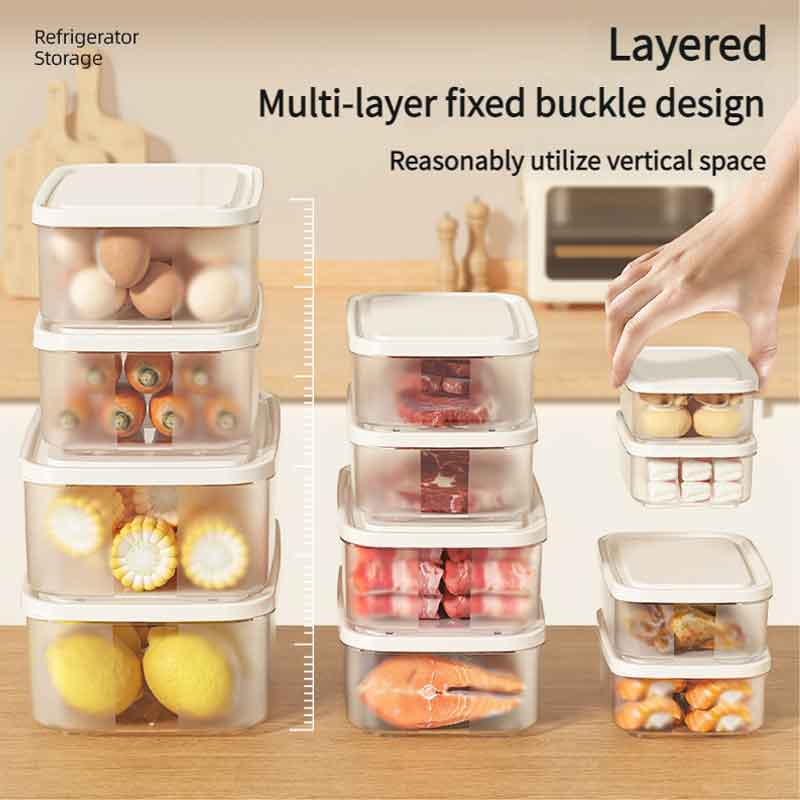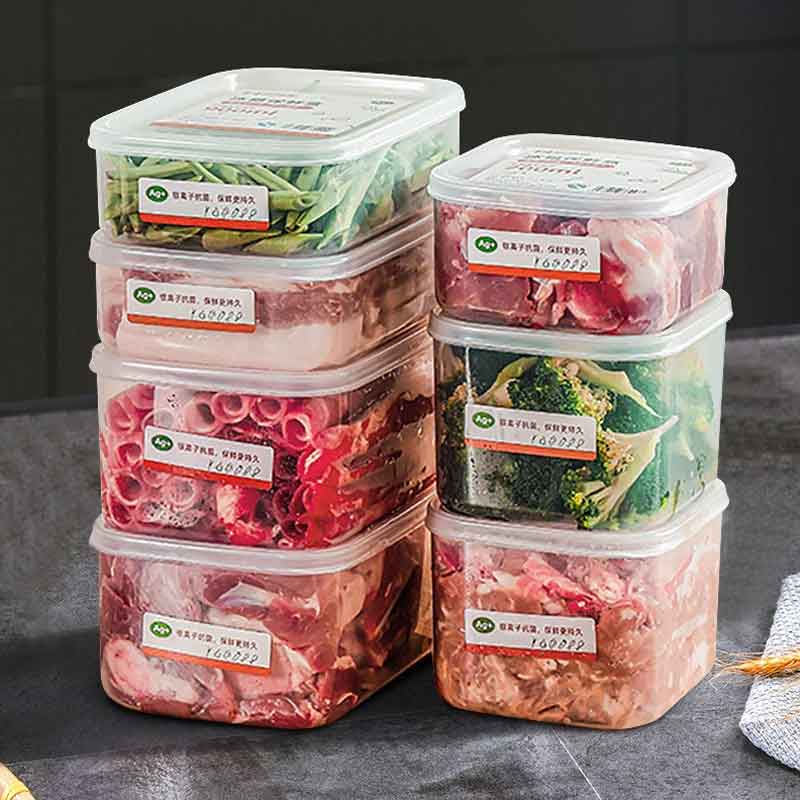Wholesale Storage Boxes Supply Chain: 3 Practical Strategies to Prevent Costly Stockouts
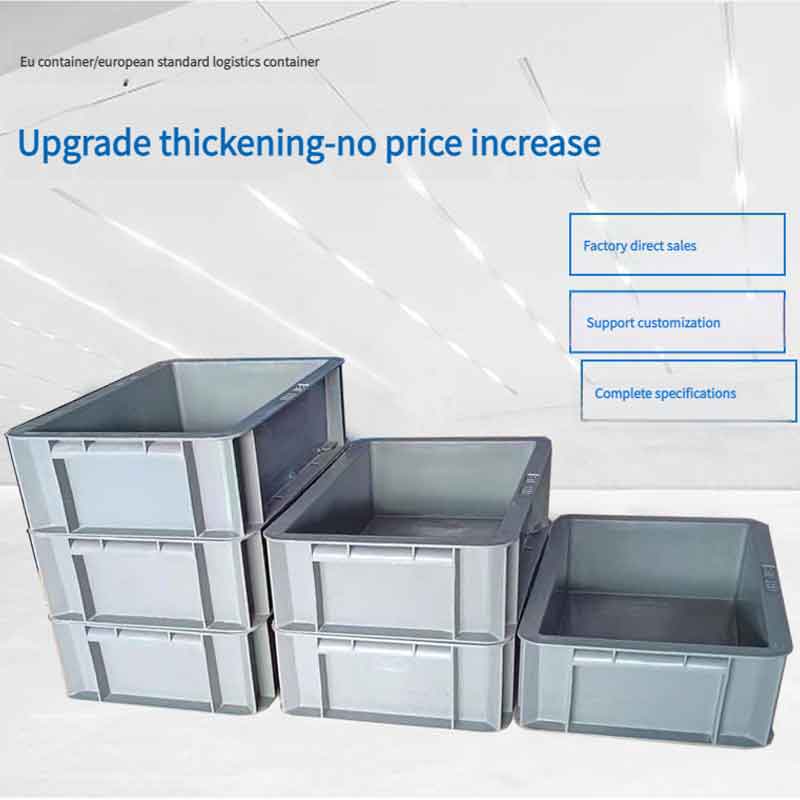
Running out of essential wholesale storage boxes isn't just frustrating – it halts operations, delays customer orders, and erodes trust. For distributors, retailers, and businesses relying on consistent supply, stockouts mean lost sales and scrambling for solutions. Here are 3 actionable, non-technical strategies to build resilience into your storage box supply chain:
Strategy 1: Master Demand Forecasting (Beyond Guesswork)
Stop relying on gut feelings or last year's numbers alone.
Track Real Sales & Trends: Use your POS or inventory system to track sales velocity (how fast boxes sell) by type and size. Look for patterns – seasonal spikes (e.g., moving season, back-to-school, holidays), promotions, or trends linked to other product sales (e.g., more shoe boxes selling when footwear sales increase).
Talk to Your Customers: Proactively ask major clients about their upcoming projects, promotions, or anticipated needs. Retailers planning store resets or e-commerce businesses anticipating peak seasons can give crucial advance notice.
Factor in Lead Times: Know exactly how long it takes from placing your order with the manufacturer/wholesaler to receiving goods (including shipping and customs if applicable). Forecast demand at least this far ahead, plus a buffer.
Simple Tools: Utilize basic spreadsheet forecasting (like moving averages) or explore affordable inventory management software with forecasting features. Start simple and refine over time.
Strategy 2: Build Strong, Diverse Supplier Relationships
Putting all your boxes in one supplier basket is risky.
Identify & Qualify Alternatives: Actively research and vet at least one, ideally two, backup suppliers for your core box types. Can they meet your quality standards and approximate volume? Get samples.
Communicate Proactively & Transparently: Share your sales forecasts (at least high-level) with primary suppliers. This helps them plan their production and raw material procurement. Build rapport – a good relationship means you're more likely to get support during shortages.
Understand Their Constraints: Ask about their lead times, production schedules, and potential bottlenecks (like raw material availability – e.g., specific plastics or cardboard grades). Knowing their challenges helps you anticipate potential delays.
Negotiate Realistic MOQs & Terms: While large Minimum Order Quantities (MOQs) often mean lower unit prices, they tie up capital and warehouse space. Negotiate for flexibility where possible, or consider slightly higher per-unit costs from a supplier offering smaller, more frequent shipments to better match your demand.
Strategy 3: Implement Smart Safety Stock
Safety stock is your buffer against the unexpected.
Calculate Based on Risk, Not Hunches: Consider two main factors: demand variability (how unpredictable your sales are for a specific box) and supply variability (how unreliable your supplier's lead time is). A simple starting formula is:
Safety Stock = (Max Daily Usage x Max Lead Time) - (Average Daily Usage x Average Lead Time)
Focus on Critical SKUs: Don't try to apply deep safety stock to every single box type. Prioritize:
Your absolute best sellers (high velocity).
Boxes with very long or unreliable lead times.
Unique sizes/styles with no easy substitutes.
Regularly Review & Adjust: Safety stock isn't "set and forget." Recalculate it quarterly or whenever you see significant shifts in demand patterns, supplier performance, or lead times. Use your inventory system reports to track stockout occurrences and adjust buffers accordingly.
Warehouse Space is a Factor: Be realistic about your storage capacity. While safety stock is crucial, ensure you have the physical space to hold it cost-effectively. Negotiating faster, smaller shipments (Strategy 2) can sometimes reduce the amount of safety stock needed.
The Bottom Line: Prevention is Cheaper Than Cure
Stockouts of wholesale storage boxes disrupt your business and disappoint your customers. By moving beyond reactive ordering and implementing these practical strategies – better forecasting based on data, cultivating resilient supplier partnerships, and strategically placing safety stock buffers – you build a significantly more reliable and efficient supply chain. This translates directly into smoother operations, happier customers, and protected revenue.
